Colombia has undergone a significant transformation over the past decade, however, the country still has a somewhat negative international reputation. The combination of a half-century civil war, mass cocaine production and previously high levels of violence tend to dominate Colombia’s image on the world stage. In particular, the city of Medellín has gained a notorious title due to shows like Narcos and Pablo Escobar’s reign in the 1980s.
And yet, at the same time, Colombia has been rapidly progressing after its dark past and has recently seen tourism numbers soar – 2018 witnessed a 300% growth in the tourism industry compared to statistics in 2006. Additionally, having been labeled ‘the most dangerous city in the world’ in 1993, the City of Eternal Spring was instead dubbed ‘the most innovative city’ in 2013. And, of course, the country’s peace deal with the FARC in 2016 was a momentous event, and publicly marked a safer Colombia.
Amidst the country’s overall turnaround, just how safe then is daily life in major cities such as Medellín? Whether you’re considering relocating or are trying to weigh up the risks of traveling to Medellín, here’s the situation in 2019:
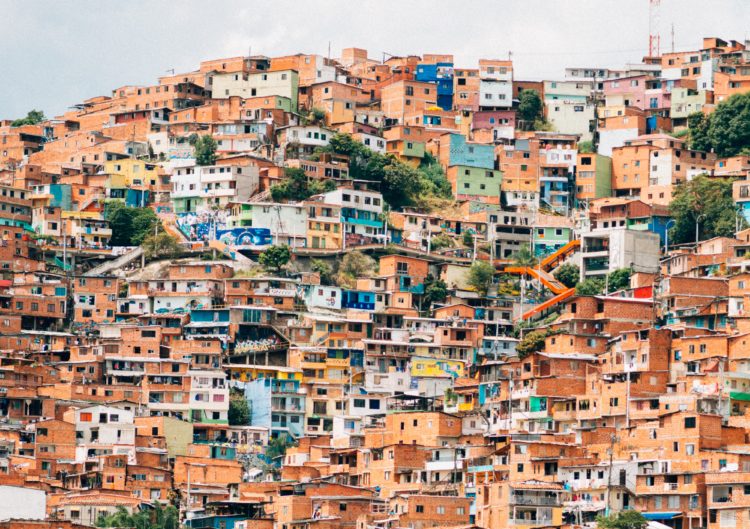
‘No dar papaya’
Undoubtedly, every ex-pat visiting or living in Medellín has experienced someone from their hometown telling them that the city is dangerous or has made a joke about cocaine at their expense. The reality, however, is that Medellín is very different from the place it once was. Living or visiting is not only safe, but it’s also an incredible experience. On the whole, Paisas (people from Medellín and the surrounding area) are welcoming and friendly. Extranjeros may get some stares from the locals – especially if blond, fair-skinned and tall – but the looks aren’t threatening. Most expats find that Colombians are curious about foreigners and enjoy asking questions or being able to practice their English with them.
That said, like every big city, Medellín has certain areas and scenarios that should be avoided as a foreigner. Common sense is important in the city as the most frequent crime is theft – especially on the metro or in crowded places. ‘No dar papaya’ is an expression in Spanish that translates to ‘don’t give papaya’ (a type of native fruit) and means don’t expose yourself to risky situations and you won’t have any trouble. Don’t flash valuables like jewelry, wallets or electronics, don’t wander alone at night, don’t look lost (even if you are) and trust your instincts: if something seems wrong, it probably is. The bottom line is being an extranjero in Medellín means you automatically stand out, and so need to exercise a degree of caution. So long as you’re sensible and respectful of the infrastructure, people and customs, you should be fine.

Drugs and prostitution
Unfortunately, one of the downsides of Medellín’s improved safety is that drug and sex tourism has increased because the city is no longer a no-visit zone for travelers. It’s not unheard of to be offered cocaine on the streets (notably in high-tourist areas like El Poblado) or to be approached by women offering sex, however, a significant percentage of attacks on foreigners are the result of drugs or prostitution.
While some visitors choose to exploit the country’s ongoing struggle with cocaine production (Colombia grows enough coca to produce 1,400 tons of cocaine per year), drug use is not only illegal, it is extremely dangerous to be involved in. Likewise, although prostitution is technically legal, this is only is designated ‘tolerance zones’, and any organized sex tourism is punishable by up to eight years in prison. Medellín has become especially diligent about tackling illegal activity in recent years, and the risks associated with drug or sex tourism are not worth your freedom nor your life.

Important statistics
– Medellín saw a year-on-year increase in tourism of 23% in 2018
– By 2018, Medellín’s murder rate dropped by 82% compared to the previous 25-year period
– Medellín’s homicide rate is 24.75 per 100,000 (the total population is just over 2.5 million people)
– Gangs still operate in the city: roughly 240 in total, equating 5,000 members
– 218 scopolamine cases were recorded in 2018 (a drug which restricts people’s free will and renders them suggestable to anything)
– 21,000 robberies occurred in Medellín in 2018 (an increase from the prior year, although also related to the new online system that enabled citizens to report robberies)
– Colombia is 99th on the list of most corrupt countries in the world 2019
– Cali and Palmira are two Colombian cities included on the most dangerous cities in the world 2018 – Medellín did not feature on the list
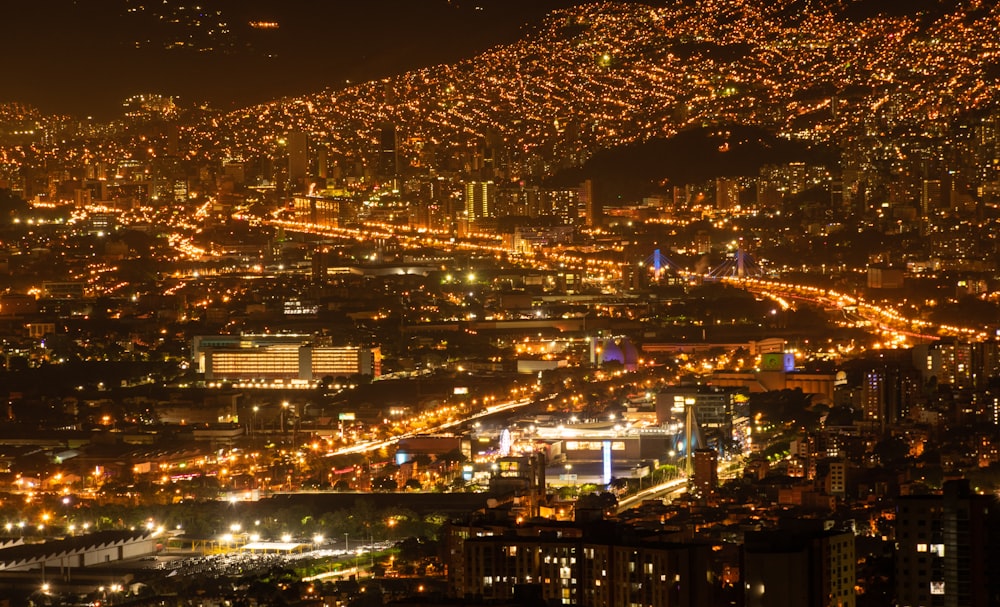
Safe and dangerous areas
Knowing where to be and not be is key in Medellín. The following lists are based on crime levels per area but we recommend researching before going as the climates can change suddenly in short timeframes.
Laureles
Normally the second choice for expats living in Medellín, Laureles is in the west of the city and is an affluent area. The barrio is more residential than Poblado but is on par in terms of safety levels (both are in the top three comunas in terms of robberies in Medellín). Crime does happen – mostly at night and closer to La 70 or Estadio – but the area, in general, is safe.
El Poblado
One of the largest comunas (neighborhood) in Medellín is also the most touristy. The area is lined with hotels, bars and restaurants, and is considered to be another affluent part of the city. Poblado is safe to visit and typically has a big police presence. Nonetheless, because of Poblado’s popularity with foreigners, a number of thefts happen. Exercise caution with all belongings, lock taxi doors and don’t walk alone at night here.
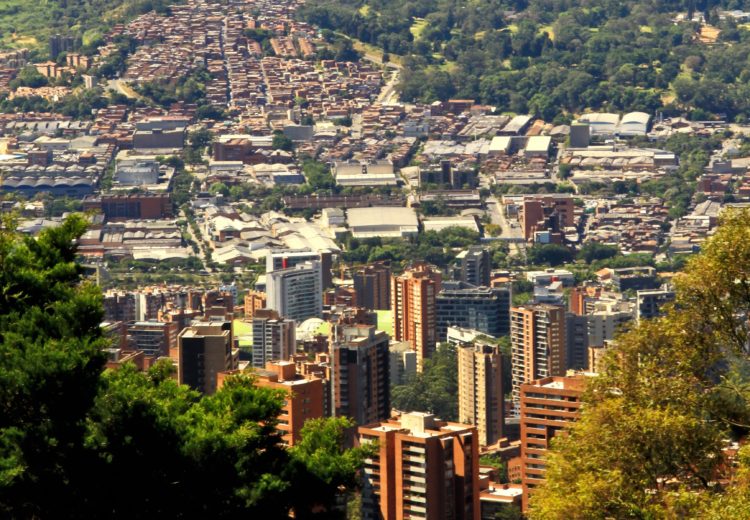
Envigado
Comparable to El Poblado and Laureles, Envigado is a top place to stay in Medellín. The area is technically outside of Medellín but is part of the greater metropolitan area. Life here tends to be slower and quieter than Poblado or Laureles, and crime levels are much lower. Exploring Envigado during the day or night is equally safe.
Comuna 13
Once one of the most dangerous neighborhoods in Medellín, Comuna 13 has transformed into a must-see tourist spot, complete with escalators built into the hillside, graffiti art and shops and cafés. The area is patrolled by police and has regular public transport routes running to and from it, and is usually filled with international crowds. However, Comuna 13 still battles with gang crime and safety can fluctuate. Check the situation in advance before visiting.
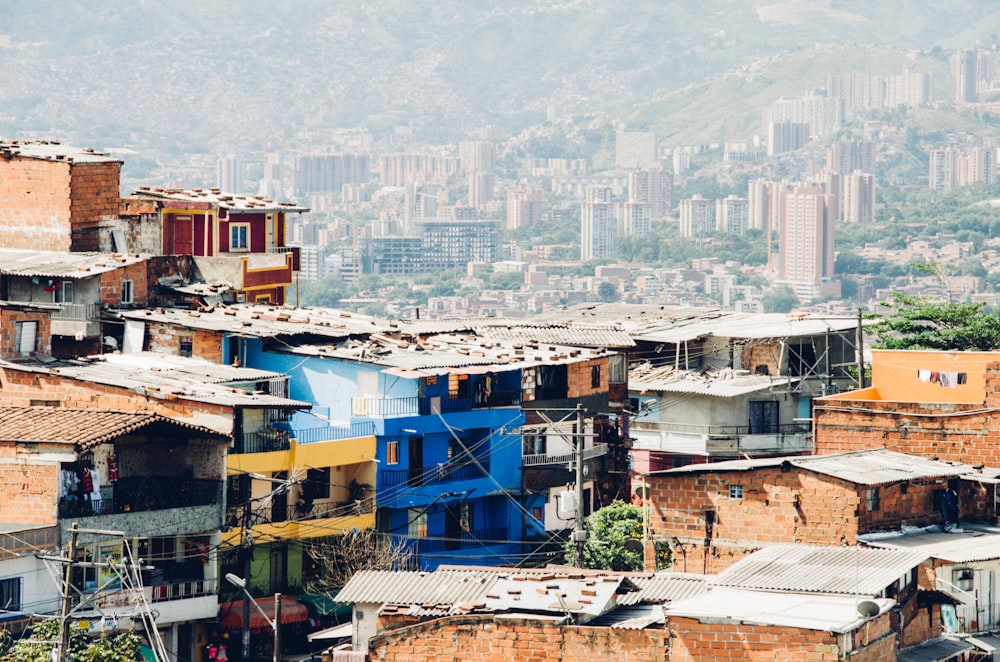
El Centro
El Centro has the highest homicide rate in Medellín. In the daytime, the area is relatively safe to go to (the free walking tour, Casa de la Memoria and various markets are located here) but requires keeping personal items close and sticking to busy streets. After 6pm, the area is not safe – drug use, prostitution and homelessness are rife and the likelihood of violent crime is high.

Overall, safety in Medellín is dependent on the choices you make – where you visit, what you do, what you buy and who you associate with – these all contribute to the degrees of danger you may find yourself in. The city is safe and welcoming to those who embrace its unique parts and recognize the risks of the darker parts; striking the balance between the two is the best way to really experience Medellín.

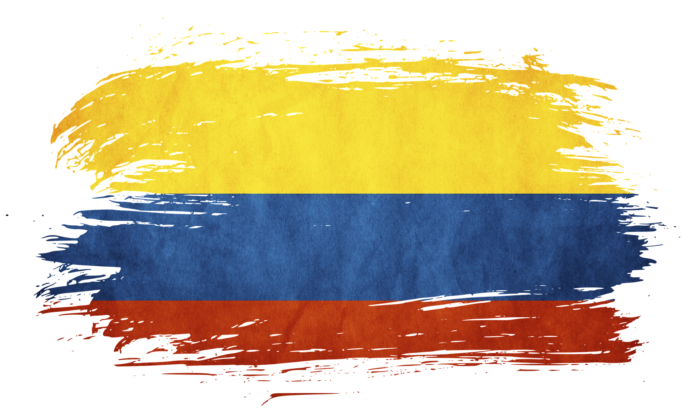











I have lived between Medellin and Panama Since 2011, splitting my time. There was a decrease in crime in 2015 in Medellin but since then it has been on the rise every year. https://colombiareports.com/medellin-crime-security-statistics/ This is site has interactive maps broke down by neighborhood for crime. I was shocked by how much crime was in the poblado with several robberies per day on average. I was robbed at gunpoint leaving the El Exito near Laureles, About 1:45 in the afternoon ( before pica placa ). As I walked up the sidewalk in broad daylight a moto pops up next to me and at first I didn’t understand what was happening because they had helmets on, but once I saw the pistol pointed at me it was obvious. I handed over my phone and cash and they were gone as quickly as they arrived. A lady who saw the whole thing came over and offered to call the police but I told her don’t bother because they will never catch the guys and I will lose the rest of my day doing police reports. This brings me to my next point the crime is higher than stated because most people don’t bother to report it. I always walk the 2 blocks to the gym or the el exito during the day but my friend Juan cautioned me to always use a taxi because someone will watch where I walk and which building I enter then they can try and sequester (kidnap) me. There is a big push going on right now against tourism in the Poblado. The locals are tired of the mongers and drug users there. The hookers are hanging around looking for dirty old gringos also. There have been notices put up in Parque Lleras basically telling gringos to go home. Parque lleras used to be a hip place with a good vibe but now it’s drugs and sex tourism. I hate it because it makes us all look bad. I had a guy tell me once that any woman that is seen with a gringo is assumed to be a prepago. I have Canadian friends married to Colombianas and this is very offensive to them, but that is what the dirty monger gringos have done to the image of foreigners. I used to just complain about the smog in Medellin and the cough that it gave me but sadly things have taken a turn for the worse.
Hi jcrew,
I found your reply so useful and I am so sorry that happened to you. Medellin is a marvelous city I agree and I would go back in a heartbeat. I was also robbed in Medellin and I was wondering how you do go about reporting a theft? I am back in my home country now (Ireland) but after reading your reply I want to report the theft. I would really appreciate any information.
Meg O’Brien.